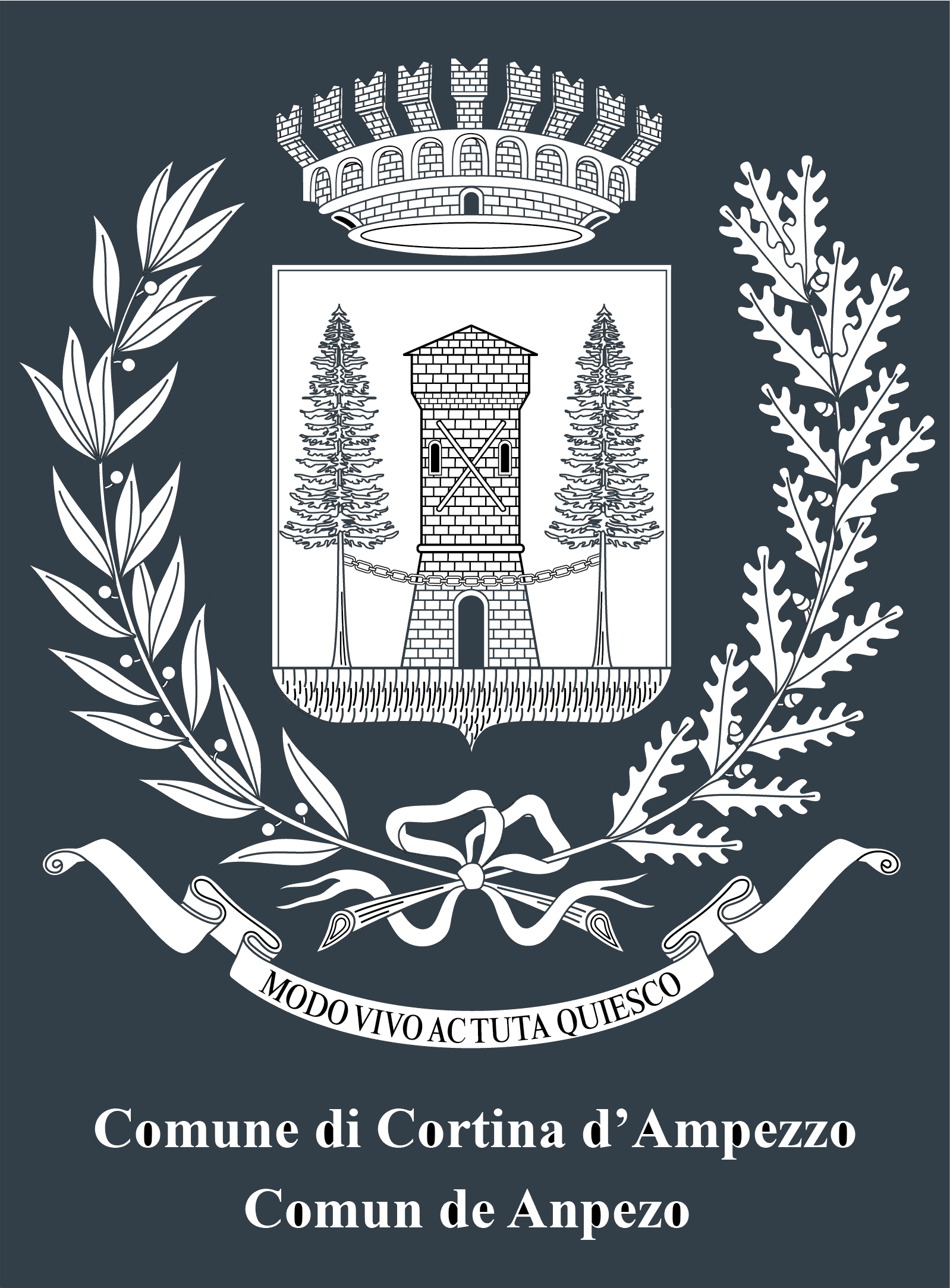
Medium
2 h
Forte Tre Sassi presso il Passo Falzarego
Forte Tre Sassi near the Passo Falzarego
The starting point of the route is Forte Tre Sassi, or Forte Tra i Sassi. The structure was built by the Austro-Hungarian Empire between 1897 and 1901 as a barracks-fortress to control the pass, but the serious damage suffered by the Italian artillery led the Austrian command to decide to move the defences to the Dolomite peaks (Lagazuoi, Settsass and Sass de Stria). Today the fort has been completely restored, and inside there is a fine exhibition of war relics from the Great War - a visit before or after the hike is highly recommended. From the car park, you can admire Sass de Stria, which looks like a slender, pointed pyramid with a long rocky ridge about a kilometre long. The mountain owes its name to an old local legend that there were witches in the meadows around the summit ("stria" in fact means witch in the Ampezzo language). From a historical point of view, Sass de Stria represents an extraordinary testimony to the Dolomite front of the First World War: the mountain was in fact the scene for months of the bitter clashes between the two armies, of which it still bears numerous signs and testimonies. During the conflict it was transformed into a natural fortress with tunnels and walkways. Today, following restoration and reconstruction of war artefacts, Sass di Stria has become part of Cortina's Great War Open Air Museum, together with the Cinque Torri and Lagazuoi areas, also the scene of an incredible war fought at high altitude. After the Italian army occupied Cortina, interrupting four centuries of possession by the Habsburg Empire, the Austro-Hungarian troops retreated to Lagazuoi and Sass de Stria to defend Val Badia, Pusteria and the Passo Valparola. Seeing the futility of surface attacks, both armies began to dig tunnels and caves in the mountains, with the intention of blowing up their opponents' positions and fortifying their own, turning the war into the so-called "mine war". From the car park, you can see the path that slowly rises in altitude among bushes and rhododendrons, leaving the fort behind. In half an hour you will reach the central area: a vast rocky plateau where the panorama opens up offering fantastic views of Lagazuoi, Averau, SettSass, Sella and Marmolada. The entire area features traces of trenches, war posts, tunnels, artefacts dating back to the Great War. Thus begins the exciting historical tour among rock-cut walkways and trenches protected by stone walls and wooden supports, completely reconstructed thanks to the admirable restoration work. There are several stations, galleries and historical sites to visit. Don't miss the famous "Sfinge": a particularly spectacular war post, carved inside a fortified tower suspended in the void, whose profile resembles a sphinx. Also recommended is a visit to a system of narrow, steep tunnels, equipped with ladders and cable (headlamp and helmet required), which lead to the emplacements on the southern face of Sass de Stria. Here you will find parts of the Austrian machine gun mounts and you can enjoy wonderful views of the Marmolada and Col di Lana from the embrasures. At this point you can continue the ascent to the summit, tackling the last, slightly more challenging section. You will enter a deep vertical cleft in the mountain where a short and easy route has been created with a series of metal and wooden ladders to overcome the last rocky drop. After the narrow path, you’ll come out on the sunny peak of Sass de Stria at 2,477 metres. The summit offers a 360 degree panorama of the Ampezzo Dolomites, the Marmolada, the Gruppo della Sella and Col di Lana. There is also a beautiful view from above of the Passo Falzarego, a stunning Dolomite pass, the Passo Valparola and the incredible war work of the pass at the antecima of Sass de Stria. The return to the Tre Sassi Fortress is along the same route as the ascent.




Head Office: Loc. Sacus 4, 32043 Cortina d’Ampezzo (BL) – P.I. 00806650255 | Privacy Policy – Cookie Policy
A partire da giovedì 4 dicembre, ogni famiglia residente a Cortina potrà ritirare gratuitamente la bandiera con il nuovo emblema presso lo IAT di Piazza Roma.
Vivi la storia — sogna Milano‑Cortina.